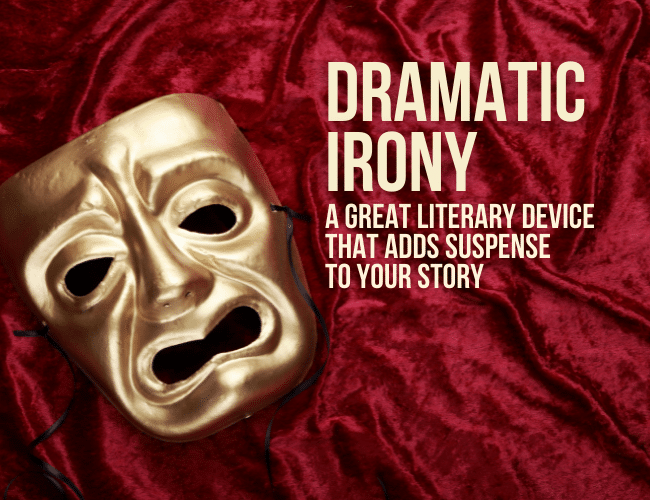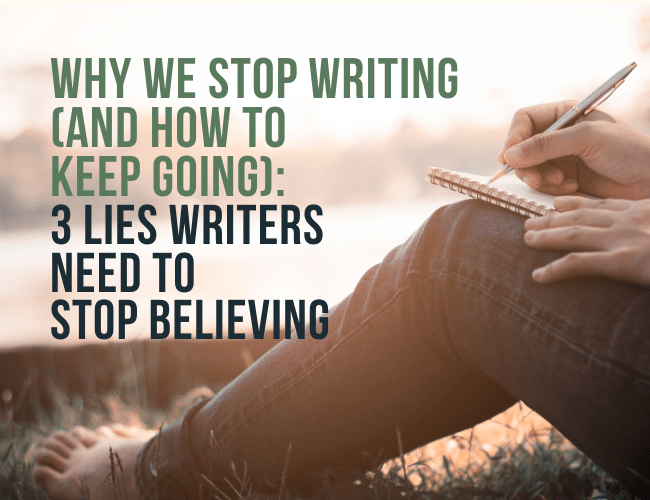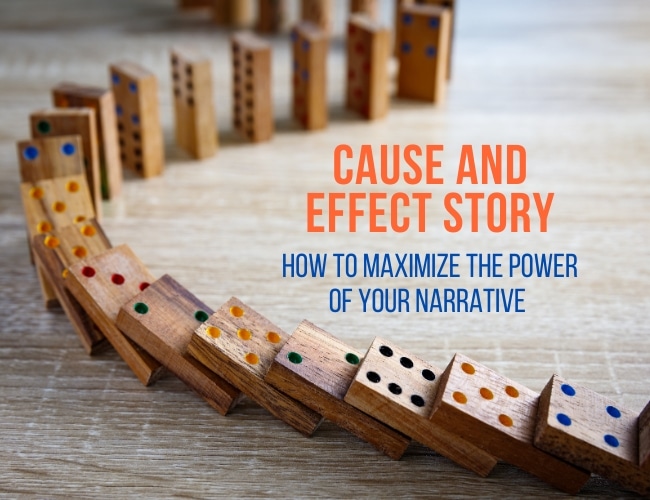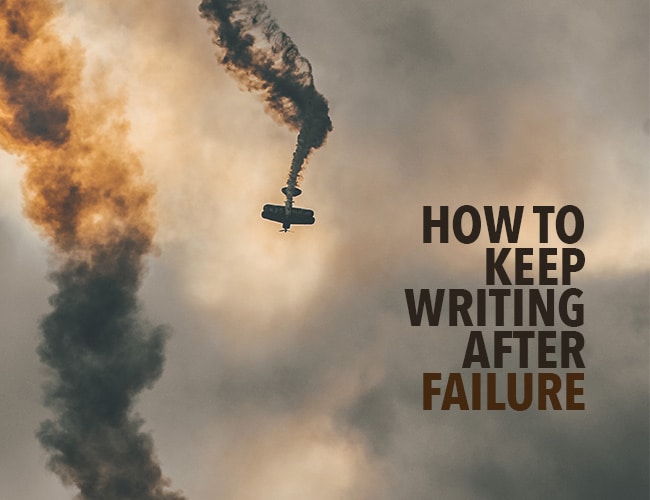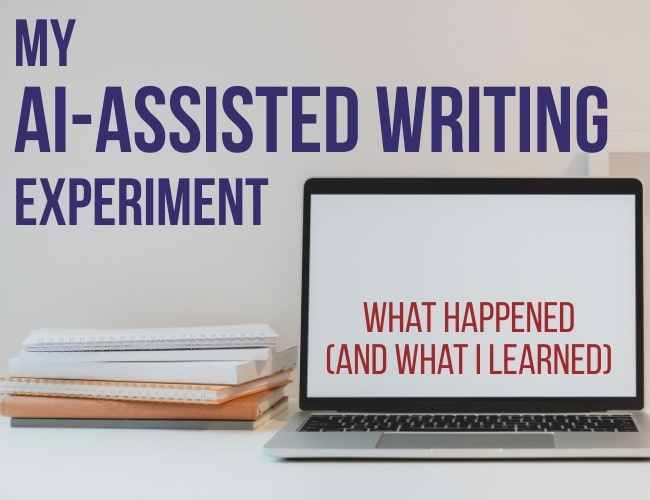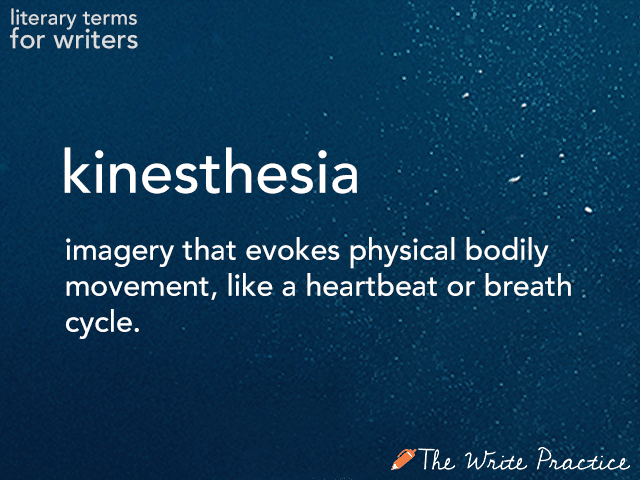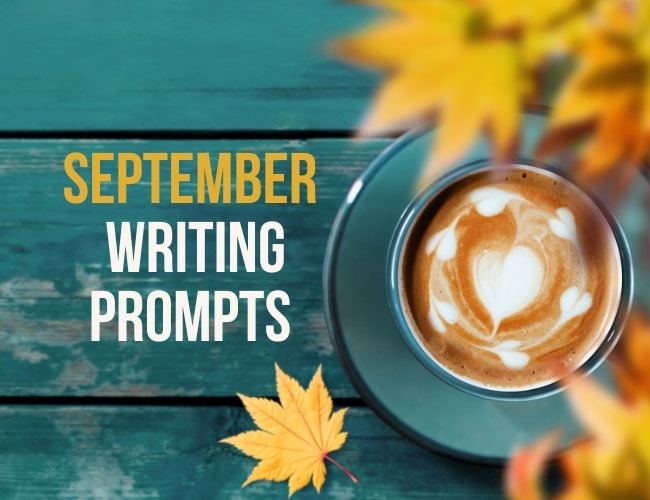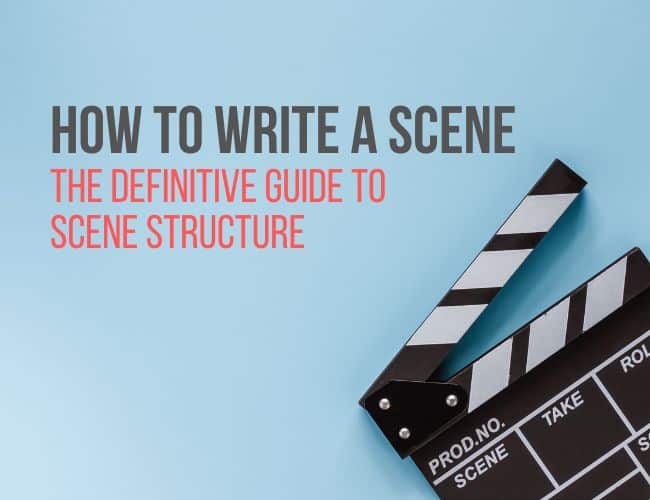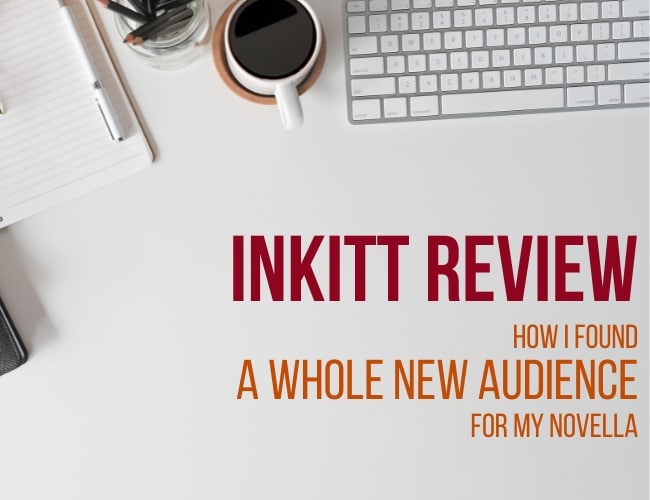Do you remember the first time you read Romeo and Juliet? Did you cringe when Romeo kills himself, knowing that Juliet is still alive? This is a perfect example of how to use dramatic irony in your story—a literary device that will inevitably add suspense into your novel.
Dramatic irony can be used in any story regardless of genre, but it is especially useful when writing stories that you want to increase tension and suspense.
In this article, you’ll learn about dramatic irony, another useful technique that keeps readers on the edge of their seats.
